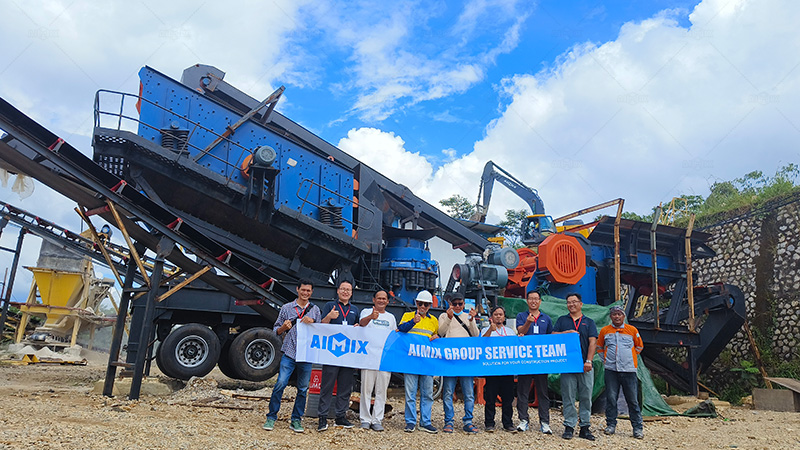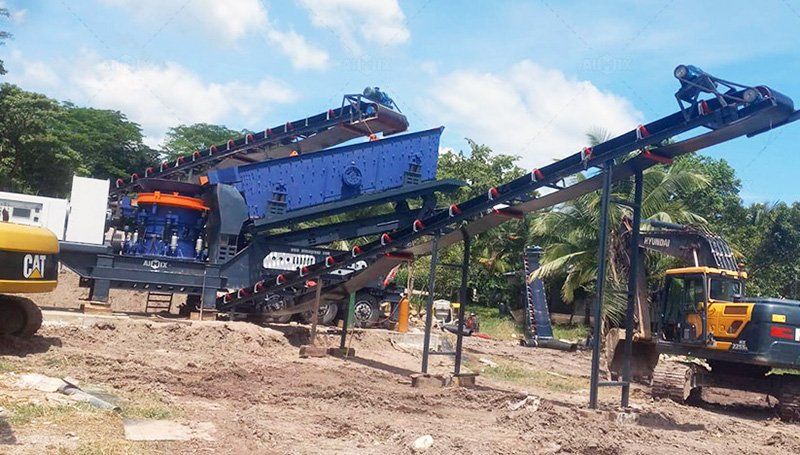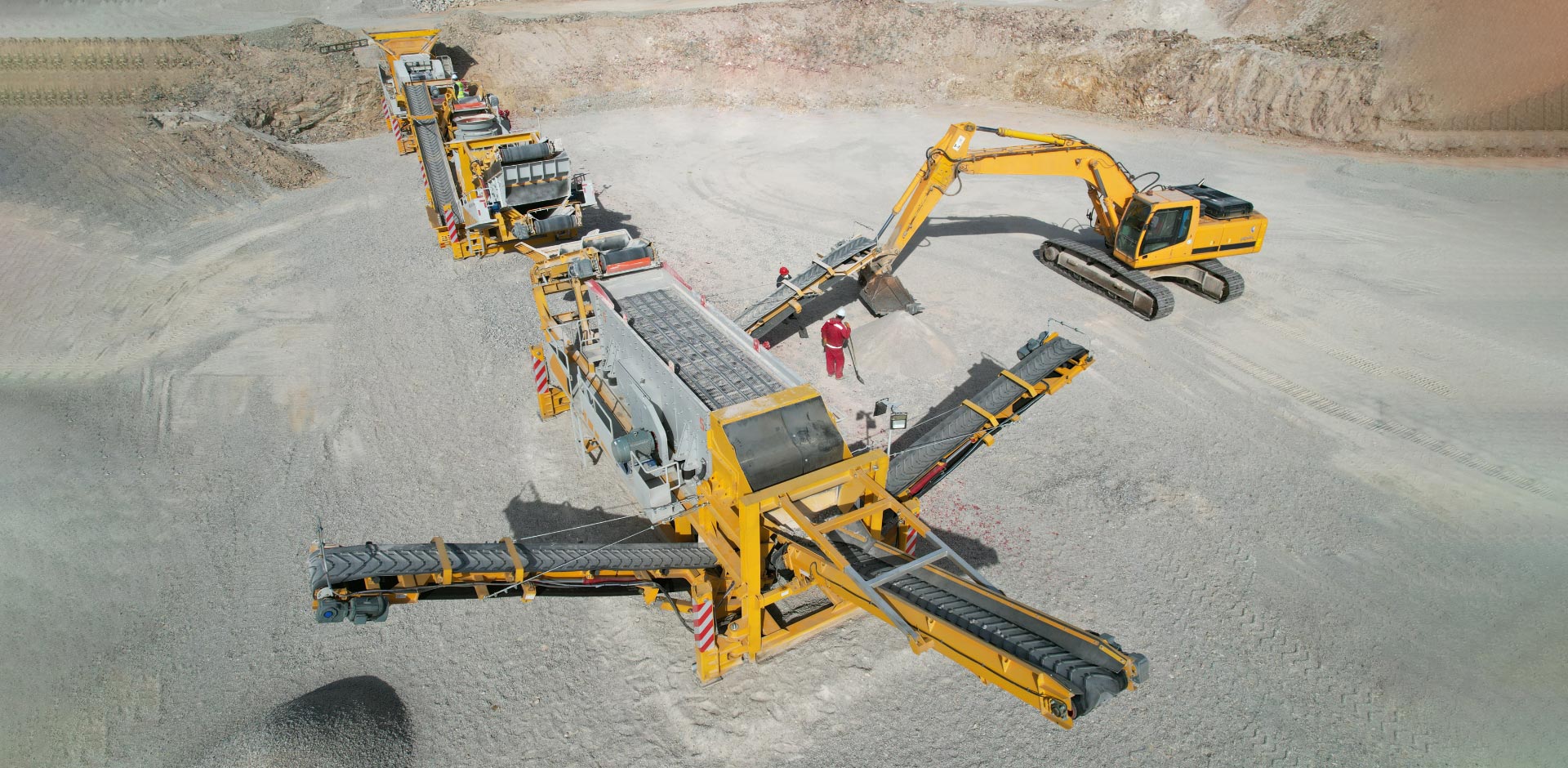Granite’s exceptional hardness and abrasive nature present unique challenges for quarry operators seeking to maximize yield while maintaining equipment longevity. Unlike softer sedimentary rocks, granite demands robust crushing solutions that can withstand decades of punishing service while producing optimally shaped aggregates. The granite crusher machine selection process becomes particularly critical when targeting specific product gradations for asphalt, concrete, or railway ballast applications, where particle shape and size distribution directly influence material performance.
Modern crushing line design has evolved into a precise science, balancing production capacity with energy efficiency and product quality. A well-configured granite crushing circuit doesn’t just process rock—it transforms raw material into high-value products through carefully sequenced size reduction stages. From primary blasting patterns to final screening configurations, each decision impacts the operation’s profitability and sustainability in an increasingly competitive aggregates market.

Primary Crushing: The Foundation of Granite Processing
Jaw Crusher Selection Criteria
For primary granite reduction, heavy-duty jaw crushers with reinforced frames and manganese steel jaws prove most effective. Key specifications include a large feed opening to accommodate blasted rock, optimal nip angles between 22-27 degrees for efficient compression crushing, and hydraulic adjustment systems for quick CSS changes. The rock crusher‘s mass and flywheel inertia should match the expected top-size of quarry-run material, typically ranging from 900mm to 1400mm.
Grizzly and Scalping Considerations
Properly designed vibrating grizzlies remove fines before primary crushing, improving throughput and reducing unnecessary wear. For granite operations, grizzly bars should be spaced at 80-90% of the crusher’s closed-side setting, with sufficient slope (12-15 degrees) to prevent material bridging. Heavy-duty scalping screens with polyurethane panels withstand granite’s abrasiveness better than traditional wire mesh.

Secondary and Tertiary Crushing Configurations
Cone Crusher Optimization
Secondary granite crushing demands hydrocone crushers with advanced chamber designs that balance reduction ratio and particle shape. Modern “G” series cones with constant liner performance technology maintain consistent output as wear parts deteriorate. Automatic setting regulation systems compensate for wear in real-time, crucial for maintaining tight product specifications in granite aggregate production.
Vertical Shaft Impactors for Cubical Products
When producing premium aggregates for high-performance concrete, tertiary stage VSIs fracture granite along its natural crystal boundaries. Optimal rotor speeds (55-70 m/s) and cascade feed arrangements create the ideal rock-on-rock crushing environment. Advanced impact crusher models feature dual crushing chambers and adjustable cascading flow for precise control over particle shape and surface texture.

Crushing Line Layout and Ancillary Systems
Material Flow Engineering
Efficient granite crushing lines minimize elevation changes between stages to reduce energy consumption and particle degradation. Transfer points should employ impact beds and skirtboard systems designed for heavy, abrasive materials. Conveyor angles shouldn’t exceed 18 degrees for standard granite operations, with cleated belts considered for steeper inclines when space constraints exist.
Dust Control and Noise Abatement
Granite crushing generates significant respirable silica, necessitating comprehensive suppression systems. Modern plants combine wet sprays at transfer points with dry fog systems in enclosed areas, complemented by baghouse filters for captured dust. Acoustic enclosures around aggregate crushers and screens reduce noise pollution, increasingly important for quarries near urban areas.
Automation and Process Control
Smart Crushing Systems
Advanced PLC-based controls monitor crusher load, power draw, and product gradation in real-time. These systems automatically adjust feeder rates, crusher settings, and screen angles to maintain optimal performance. Machine learning algorithms can predict liner wear patterns and schedule maintenance during low-production periods, maximizing equipment utilization.
Quality Monitoring Technology
On-belt laser scanners and automated sampling systems provide continuous product analysis, ensuring consistent aggregate quality. These systems integrate with plant controls to automatically divert off-spec material for reprocessing. Some granite operations now employ drone-based stockpile analysis for precise inventory management and blend optimization.
Designing an efficient granite crushing line requires balancing capital costs with long-term operational efficiency, product quality with throughput targets, and production demands with environmental responsibilities. The difference between an average and exceptional crushing operation often lies in subtle details—proper crusher machine selection matched to feed characteristics, intelligent material flow design, and advanced process controls that adapt to changing conditions. As granite remains the premium choice for high-value construction projects worldwide, operations that master these crushing line fundamentals will lead the industry in both productivity and profitability.

